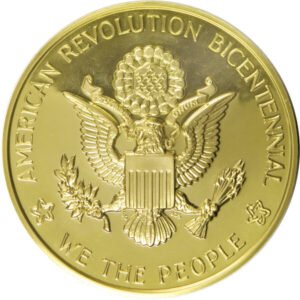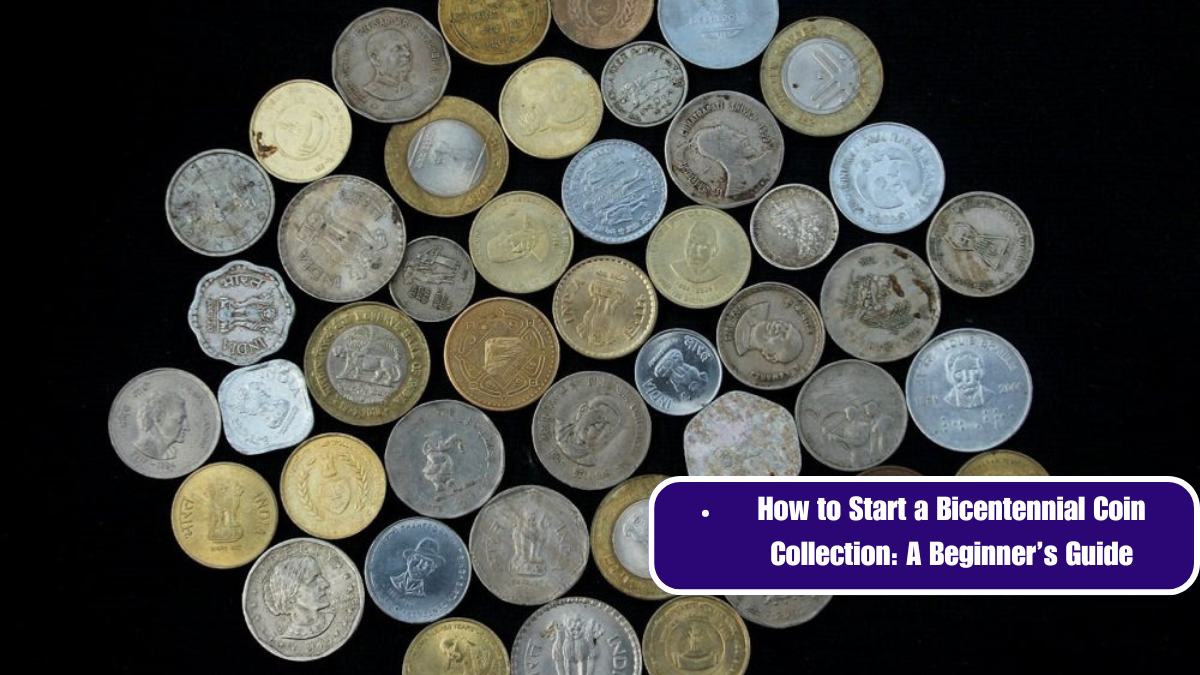Bicentennial coins, issued by the United States in 1976 to celebrate the 200th anniversary of the Declaration of Independence, have been a subject of fascination and speculation among collectors and enthusiasts. However, despite their popularity, several misconceptions have arisen regarding these commemorative pieces. Understanding the facts behind these myths can enhance appreciation and clarity for both seasoned numismatists and casual collectors alike.
Myth 1: Bicentennial Coins Were Made of Silver
Fact: One of the most enduring myths about Bicentennial coins is that they were made of silver. In reality, the standard issue Bicentennial coins—the quarter, half dollar, and dollar—were produced using the same materials as their regular counterparts. The quarter and half dollar were struck in a copper-nickel clad composition, while the dollar coin was made of a copper-nickel alloy. The misconception likely stems from the special Bicentennial silver coins released by the U.S. Mint in 1976. These silver proofs were part of a limited-edition set, and while they did indeed contain silver, the majority of Bicentennial coins in circulation were not silver.
Myth 2: Bicentennial Coins Are Rare and Valuable
Fact: While Bicentennial coins were produced in large quantities to mark the 200th anniversary of the Declaration of Independence, they are not particularly rare or valuable in general circulation. The U.S. Mint struck over 1.6 billion Bicentennial quarters alone, making them quite common. However, certain variations, such as high-grade uncirculated or proof coins, can be more valuable, especially when preserved in pristine condition. Nonetheless, the average Bicentennial coin found in change or circulated condition is generally worth only its face value.
Myth 3: The Bicentennial Design Was Unique to 1976
Fact: Another common myth is that the Bicentennial designs on the quarter, half dollar, and dollar coins were unique to the 1976 issue. While it is true that these designs were created specifically for the Bicentennial celebration, they were intended as temporary replacements for the regular designs. The quarter features a reverse design by Jack L. Ahr and the half dollar by Gilroy Roberts and Frank Gasparro, while the dollar depicts the Liberty Bell superimposed on the Moon by Dennis R. Williams. These designs were only used for the 1975 and 1976 coins before the original designs were reinstated.
Myth 4: Bicentennial Coins Were Released in Special Packaging
Fact: The notion that Bicentennial coins were only available in special packaging or sets is a misconception. While the U.S. Mint did offer special Bicentennial coin sets for collectors, the coins themselves were also widely circulated in regular change. The special packaging and proof sets were intended for collectors who wanted to purchase pristine examples, but the coins were also released into general circulation, making them easily accessible to the public.
Myth 5: Bicentennial Coins Have a Special Mint Mark
Fact: A common belief is that Bicentennial coins feature a special mint mark to denote their commemorative status. In reality, the coins were struck at the regular Mint facilities in Philadelphia, Denver, and San Francisco, and they carry the usual mint marks: “P” for Philadelphia, “D” for Denver, and “S” for San Francisco. The only distinguishing feature of the Bicentennial coins is the unique reverse design, which celebrates the nation’s 200th anniversary.
Understanding the facts behind these misconceptions about Bicentennial coins can help collectors and enthusiasts better appreciate their place in numismatic history. While these coins were indeed produced to celebrate a significant milestone in American history, their characteristics and value are often misunderstood. By separating myth from fact, collectors can approach Bicentennial coins with a clearer perspective, enhancing both their appreciation and enjoyment of these historical artifacts.














